Home>Dining>Tableware>What’s The Difference Between White And Red Wine Glasses?


Tableware
What’s The Difference Between White And Red Wine Glasses?
Modified: March 2, 2024
Discover the key distinctions between white and red wine glasses. Learn how the right tableware enhances your wine experience with this comprehensive guide.
(Many of the links in this article redirect to a specific reviewed product. Your purchase of these products through affiliate links helps to generate commission for Storables.com, at no extra cost. Learn more)
Introduction
When it comes to enjoying a fine glass of wine, it’s important to have the right tableware to enhance the experience. Wine glasses, in particular, play a crucial role in unlocking the full potential of the wine and allowing its complex flavors and aromas to shine. But have you ever wondered why there are different types of wine glasses? What’s the difference between white and red wine glasses?
In this article, we’ll explore the key distinctions between white and red wine glasses and why each type is designed specifically for its corresponding wine. By understanding these differences, you’ll be able to make an informed choice when selecting the right wine glasses for your collection.
Key Takeaways:
- White wine glasses have a narrower shape, smaller size, and U-shaped bowl to preserve delicate aromas and highlight acidity, while red wine glasses feature a wider, larger shape with a rounder bowl to enhance robust flavors and aromas.
- The differences in design, including opening, rim style, stem length, and foot style, cater to the unique characteristics of white and red wines, ensuring an optimal tasting experience for each type of wine.
Purpose of Wine Glasses
Before delving into the differences between white and red wine glasses, let’s first understand the purpose of wine glasses in general. Wine glasses serve two primary purposes: to enhance the sensory experience of drinking wine and to showcase the wine’s characteristics.
First and foremost, wine glasses are designed to focus and direct the aromas of the wine towards your nose. The shape of the glass and the positioning of the rim play a crucial role in capturing and concentrating the wine’s aromas, allowing you to fully appreciate its bouquet.
Additionally, wine glasses are crafted to allow the wine to properly aerate. When wine comes into contact with air, it opens up and its flavors become more pronounced. The design of wine glasses facilitates this process, providing a larger surface area for the wine to interact with the air.
Finally, wine glasses aim to showcase the wine’s color and clarity. By using clear glass and specific bowl designs, wine glasses allow you to visually appreciate the wine’s hue, intensity, and viscosity. This visual aspect adds to the overall enjoyment of the wine-drinking experience.
General Characteristics of Wine Glasses
While there are specific differences between white and red wine glasses, there are also some general characteristics that apply to both types. These characteristics contribute to the overall functionality and aesthetics of the different wine glasses.
Firstly, wine glasses typically have a stem. The stem serves multiple purposes. It allows you to hold the glass without warming the wine with your hand, keeping it at the proper serving temperature. Additionally, the stem provides stability and balance to the glass, preventing it from tipping over easily.
Next, wine glasses have a bowl, which is the central part of the glass. The size and shape of the bowl significantly impact the wine-drinking experience. The bowl provides space for the wine to breathe and develop its aromas while also allowing you to swirl the wine to release its flavors.
Another characteristic of wine glasses is the rim. The rim is where your lips make contact with the glass when you take a sip. The thickness and shape of the rim affect how the wine flows into your mouth and the overall drinking experience. A thin rim allows for a smoother and more delicate sip, while a thicker rim can provide a bolder and more robust sensation.
Lastly, wine glasses often feature a foot, which is the base of the glass that allows it to stand upright. The foot provides stability and allows you to place the glass securely on a flat surface.
These general characteristics set the foundation for understanding the key differences between white and red wine glasses. Each type has its own unique design features that cater to the specific characteristics of the wine it is intended for.
White Wine Glasses
White wine glasses are specifically designed to enhance the characteristics of white wines. White wines are typically lighter and more delicate in flavor compared to red wines, and they benefit from a different glass shape to fully showcase their unique qualities.
One of the key differences in white wine glasses is the shape. White wine glasses have a narrower bowl compared to red wine glasses. The narrower bowl helps to preserve the floral aromas and delicate nuances of white wines. It also minimizes the exposure of the wine to air, preventing it from oxidizing too quickly.
White wine glasses are typically smaller in size compared to red wine glasses. The smaller size helps to maintain the wine’s chilled temperature and keeps it fresher for longer. It also allows for more precise pouring and serving of white wines, which are often enjoyed in smaller quantities.
The bowl design of white wine glasses is also different from red wine glasses. White wine glasses typically have a U-shaped bowl, which directs the wine towards the tip of the tongue when sipped. This accentuates the wine’s acidity and highlights its crisp and refreshing qualities.
White wine glasses generally have a narrower opening or rim compared to red wine glasses. The narrower opening helps to concentrate the wine’s aromas towards your nose, allowing you to fully appreciate the subtle and delicate scents of white wines.
As for the rim style, white wine glasses often have a thinner and more tapered rim. This facilitates a smoother flow of the wine onto your palate, enhancing the delicate and nuanced flavors of white wines.
White wine glasses usually have a shorter stem compared to red wine glasses. This is because white wines are typically served at a cooler temperature, and a shorter stem ensures that your hand is not in direct contact with the bowl, preventing the wine from warming up too quickly.
In terms of foot style, white wine glasses may have a wide and flat foot to provide stability and balance to the glass, ensuring it stands securely on any surface.
Overall, the design of white wine glasses aims to accentuate the delicate aromas, flavors, and acidity of white wines, providing an optimal tasting experience.
Red Wine Glasses
Red wine glasses are specifically designed to enhance the flavors and aromas of red wines. Red wines are typically bold and full-bodied, with more complex and intense flavors compared to white wines. As such, red wine glasses are tailored to accommodate these characteristics.
One of the key differences in red wine glasses is the shape. Red wine glasses have a wider and larger bowl compared to white wine glasses. The larger bowl allows for more contact between the wine and the air, allowing the wine to breathe and develop its flavors. It also provides space for swirling the wine, which helps to release its aromatic compounds.
Red wine glasses are generally larger in size compared to white wine glasses. The larger size allows for a generous pour, allowing the wine to have more surface area to come into contact with the air and fully express its complex flavors and aromas.
The bowl design of red wine glasses is typically more round and broader than that of white wine glasses. This shape allows red wines to have more room to breathe and allows for better integration of flavors. It also helps to soften any harsh tannins present in the wine.
Red wine glasses often have a wider opening or rim compared to white wine glasses. The wider opening allows for a broader distribution of the wine on your palate, allowing you to fully experience the rich and robust flavors of red wines.
Regarding the rim style, red wine glasses often have a slightly thicker rim. This adds a touch of luxury and elegance to the wine-drinking experience, enhancing the full-bodied nature of red wines.
Red wine glasses typically have a longer stem compared to white wine glasses. The longer stem allows you to hold the glass without warming the wine with your hand, keeping it at the ideal serving temperature.
In terms of foot style, red wine glasses often have a narrower and longer foot. This elegant design provides stability and balance to the glass, allowing it to stand securely on any surface.
In summary, red wine glasses are designed to enhance the bold flavors, aromas, and tannins of red wines, ensuring that you can fully appreciate the complex characteristics of these wines.
Differences in Shape
One of the key differences between white and red wine glasses lies in their shape. The shape of a wine glass significantly impacts how the wine interacts with the air, how the aromas are captured and delivered, and how the wine flows onto the palate.
White wine glasses typically have a narrower bowl compared to red wine glasses. The narrower bowl helps to preserve the delicate aromas and nuances of white wines. It also minimizes the exposure of the wine to air, which can cause the wine to oxidize and lose its freshness.
In contrast, red wine glasses have a wider and larger bowl. The larger bowl allows for more contact between the wine and the air, allowing the wine to breathe and develop its flavors. It also provides space for swirling the wine, which helps to release its aromatic compounds.
The different shapes of the bowls also affect how the wine flows onto the palate. White wine glasses typically have a U-shaped bowl, which directs the wine towards the tip of the tongue when sipped. This accentuates the wine’s acidity and highlights its crisp and refreshing qualities.
Red wine glasses, on the other hand, usually have a more round and broader bowl. This shape allows red wines to have more room to breathe and allows for better integration of flavors. It also helps to soften any harsh tannins present in the wine and delivers a broader distribution of the wine across the palate, allowing for a fuller and more encompassing taste experience.
Overall, the differences in shape between white and red wine glasses cater to the unique characteristics of each type of wine, ensuring that you can fully enjoy and appreciate the nuances and complexities of both white and red wines.
Differences in Size
Another notable difference between white and red wine glasses is their size. The size of the glass can impact the wine-drinking experience, including how the wine is served, its temperature, and its exposure to air.
White wine glasses are generally smaller in size compared to red wine glasses. The smaller size helps to maintain the wine’s chilled temperature and keeps it fresher for longer. White wines are often served cool or chilled, and a smaller glass size helps to retain that desired temperature throughout the drinking experience.
Additionally, the smaller size of white wine glasses allows for more precise pouring and serving. White wines are often enjoyed in smaller quantities, and the smaller glass size helps to portion the wine appropriately.
On the other hand, red wine glasses are generally larger in size. The larger size allows for a greater pour, accommodating the bolder and more robust nature of red wines. Red wines are often enjoyed in larger quantities, and the larger glass size allows for more surface area of the wine to come into contact with the air, facilitating the wine’s development of complex flavors and aromas.
The size difference between white and red wine glasses also affects how the wine interacts with the air. Larger glasses provide more airspace within the glass, allowing for increased aeration and oxidation of the wine. This can enhance the flavors and aromas of red wines, which benefit from aeration.
Overall, the differences in size between white and red wine glasses contribute to the optimal serving and enjoyment of each type of wine. The size is tailored to the temperature, serving portion, and aeration needs of white and red wines respectively.
White wine glasses typically have a smaller bowl to preserve the wine’s delicate aromas, while red wine glasses have a larger bowl to allow the wine to breathe and enhance its flavors. Always choose a glass that complements the wine you are serving.
Differences in Bowl Design
White and red wine glasses also differ in their bowl designs, which play a crucial role in capturing and delivering the aromas and flavors of the wines.
White wine glasses typically have a more U-shaped bowl. This design allows the floral and delicate aromas of white wines to be concentrated towards the nose when sipped. The narrower bowl helps to preserve these subtle aromas, preventing them from dissipating too quickly.
The U-shaped bowl also directs the wine towards the tip of the tongue, accentuating the wine’s acidity and highlighting its crisp and refreshing qualities. This shape helps to balance the flavors and acidity of white wines, enhancing the overall drinking experience.
On the other hand, red wine glasses usually have a rounder and broader bowl. This design facilitates proper aeration and allows the wine to develop its full range of complex flavors and aromas. The larger bowl provides ample space for red wines to breathe and release their aromatic compounds.
The broader bowl of red wine glasses also helps to soften any harsh tannins present in the wine. Tannins are more prominent in red wines, especially those aged in oak barrels. The shape of the bowl allows the tannins to integrate and mellow, resulting in a smoother and more enjoyable taste.
In summary, the differences in bowl design between white and red wine glasses cater to the specific needs of each type of wine. The U-shaped bowl of white wine glasses focuses on capturing delicate aromas and highlighting acidity, while the rounder and broader bowl of red wine glasses facilitates proper aeration and tannin integration.
Differences in Opening
The opening or rim of a wine glass can have a significant impact on how the wine is delivered to your palate and how the aromas are experienced. The opening of white and red wine glasses differ to complement the characteristics of each respective wine.
White wine glasses typically have a narrower opening compared to red wine glasses. The narrower opening helps to concentrate the wine’s aromas towards your nose, allowing you to fully appreciate the subtle and delicate scents of white wines. This design feature is important as white wines often have more delicate and nuanced aromatics that can be easily lost if too much air circulation occurs at the opening of the glass.
Conversely, red wine glasses generally have a wider opening. This wider opening allows the aromas of red wines to be released more freely, enhancing the overall olfactory experience. The broader rim allows the complex aromas of red wines to develop and reach your senses more rapidly, providing a more immersive and rich wine-drinking experience.
The wider opening of red wine glasses also facilitates a broader distribution of the wine on your palate when sipped. This ensures that the various flavors and textures of the red wine are fully experienced across the palate, allowing for a more comprehensive tasting experience.
In summary, the different openings of white and red wine glasses optimize the delivery of aromas and flavors based on the characteristics of each type of wine. The narrower opening of white wine glasses concentrates delicate aromas, while the wider opening of red wine glasses allows for a bolder and more expansive sensory experience.
Read more: Why Are There Different Wine Glasses?
Differences in Rim Style
The rim of a wine glass, where your lips make contact, can influence the way the wine flows onto your palate and the overall drinking experience. The rim style of white and red wine glasses differs to enhance the nuances of each wine.
White wine glasses typically have a thinner and more tapered rim. This thinner rim allows for a smoother and more delicate flow of the wine onto your palate. The gentle interaction between the wine and your mouth accentuates the subtle flavors and nuances of white wines. The thinner rim also provides a more refined drinking experience, allowing you to savor the delicate complexities of the wine.
In contrast, red wine glasses often have a slightly thicker rim. This thicker rim adds a touch of luxury and elegance to the wine-drinking experience. The presence of the thicker rim can enhance the richness and boldness of red wines. Additionally, the thicker rim can contribute to a more robust and substantial feeling when sipping red wines.
The rim style of wine glasses, whether thin or thick, is also influenced by the wine’s temperature. White wines are generally served chilled, and a thin rim helps to maintain the cooling sensation as the wine touches your mouth. Red wines are often served at a slightly warmer temperature, and a slightly thicker rim can provide a more comfortable mouthfeel when drinking them.
In summary, the differences in rim style between white and red wine glasses contribute to the overall drinking experience. The thinner rim of white wine glasses emphasizes delicacy and subtlety, while the slightly thicker rim of red wine glasses adds depth and luxuriousness to the bold flavors of red wines.
Differences in Stem Length
The stem of a wine glass serves both functional and aesthetic purposes. It allows you to hold the glass without warming the wine with your hand, keeping it at the optimal serving temperature. The length of the stem can vary between white and red wine glasses.
White wine glasses typically have a shorter stem compared to red wine glasses. This is because white wines are generally served chilled, and a shorter stem ensures that your hand is not in direct contact with the bowl of the glass. By minimizing contact between your hand and the glass, the temperature of the wine can be maintained throughout the duration of your enjoyment.
Red wine glasses, on the other hand, often have a longer stem. This is because red wines are typically served at a slightly warmer temperature compared to white wines. The longer stem allows you to hold the glass without interfering with the temperature of the wine. It provides enough space for your hand to grip the stem comfortably while keeping the heat from your hand away from the bowl, ensuring that the wine remains at the desired serving temperature.
The length of the stem in wine glasses also contributes to the overall aesthetic appeal. The elegant and elongated stem of red wine glasses adds a touch of sophistication and visually sets them apart from white wine glasses. The shorter stem of white wine glasses provides a more compact and streamlined appearance.
In summary, the differences in stem length between white and red wine glasses serve both functional and aesthetic purposes. The shorter stem of white wine glasses helps to maintain the chilled temperature of the wine, while the longer stem of red wine glasses ensures that the wine remains at the ideal serving temperature despite the warmth of your hand.
Differences in Foot Style
The foot of a wine glass refers to the base that provides stability and balance to the glass. While it may seem like a small detail, the foot style of wine glasses can vary between white and red wine glasses.
White wine glasses often have a wide and flat foot. This design ensures stability and balance, allowing the glass to stand securely on any flat surface. The wide foot prevents the glass from easily tipping over, ensuring that your precious white wine remains safely in the glass.
In contrast, red wine glasses may have a narrower and longer foot. This elegant foot style also provides stability, but with a more refined and slender appearance. The longer foot adds a touch of sophistication to the overall design of the glass.
The foot style of wine glasses also contributes to the overall aesthetic appeal and the way they are presented. Wine enthusiasts often appreciate the elegance and craftsmanship of a well-designed wine glass, and the foot style can enhance the overall visual appeal of the glass when placed on a table or wine rack.
Additionally, the foot style can impact the ease of handling and swirling the wine in the glass. A wider foot offers a more secure grip when swirling, allowing for a more immersive experience as you engage with the wine’s aromas and flavors.
Overall, the foot style of wine glasses may differ between white and red wine glasses, but its primary purpose remains the same – to provide stability and balance. The foot style also contributes to the aesthetic appeal and handling experience, adding to the overall enjoyment of the wine-drinking experience.
Conclusion
Understanding the differences between white and red wine glasses is essential for maximizing the enjoyment of your favorite wines. Each type of wine glass is specifically designed to enhance the unique characteristics of white and red wines, allowing for a more immersive and pleasurable tasting experience.
The differences between white and red wine glasses can be observed in various aspects, including shape, size, bowl design, opening, rim style, stem length, and foot style. These differences are purposeful, taking into account the specific qualities of each type of wine.
White wine glasses typically have a narrower shape with a smaller size and a U-shaped bowl. They often feature a narrower opening, a thinner rim, a shorter stem, and a wide and flat foot. These design features help to preserve delicate aromas, highlight acidity, and maintain the chilled temperature of white wines.
On the other hand, red wine glasses generally have a wider and larger shape with a rounder and broader bowl. They typically have a wider opening, a slightly thicker rim, a longer stem, and a narrower and longer foot. These features allow for proper aeration, tannin integration, and a more robust delivery of flavors and aromas in red wines.
By using the appropriate wine glasses, you can fully unlock the potential of the wines you enjoy. The right glassware not only enhances the aromas and flavors but also adds a touch of elegance to your wine-drinking experience.
Whether you’re sipping a crisp Sauvignon Blanc in a delicate white wine glass or indulging in a robust Cabernet Sauvignon in a bold red wine glass, the differences in design and characteristics will ensure that you can fully appreciate the unique qualities of each wine.
So, the next time you pour yourself a glass of wine, pay attention to the glass you choose. Enjoy the intrigue and subtleties of white wines with a specifically designed white wine glass, or embrace the richness and complexity of red wines with a red wine glass that complements their bold nature.
Remember, the right wine glass is not just an accessory, but an essential tool in enhancing your wine-drinking experience. Cheers to discovering the beauty and nuances of every sip!
Frequently Asked Questions about What's The Difference Between White And Red Wine Glasses?
Was this page helpful?
At Storables.com, we guarantee accurate and reliable information. Our content, validated by Expert Board Contributors, is crafted following stringent Editorial Policies. We're committed to providing you with well-researched, expert-backed insights for all your informational needs.
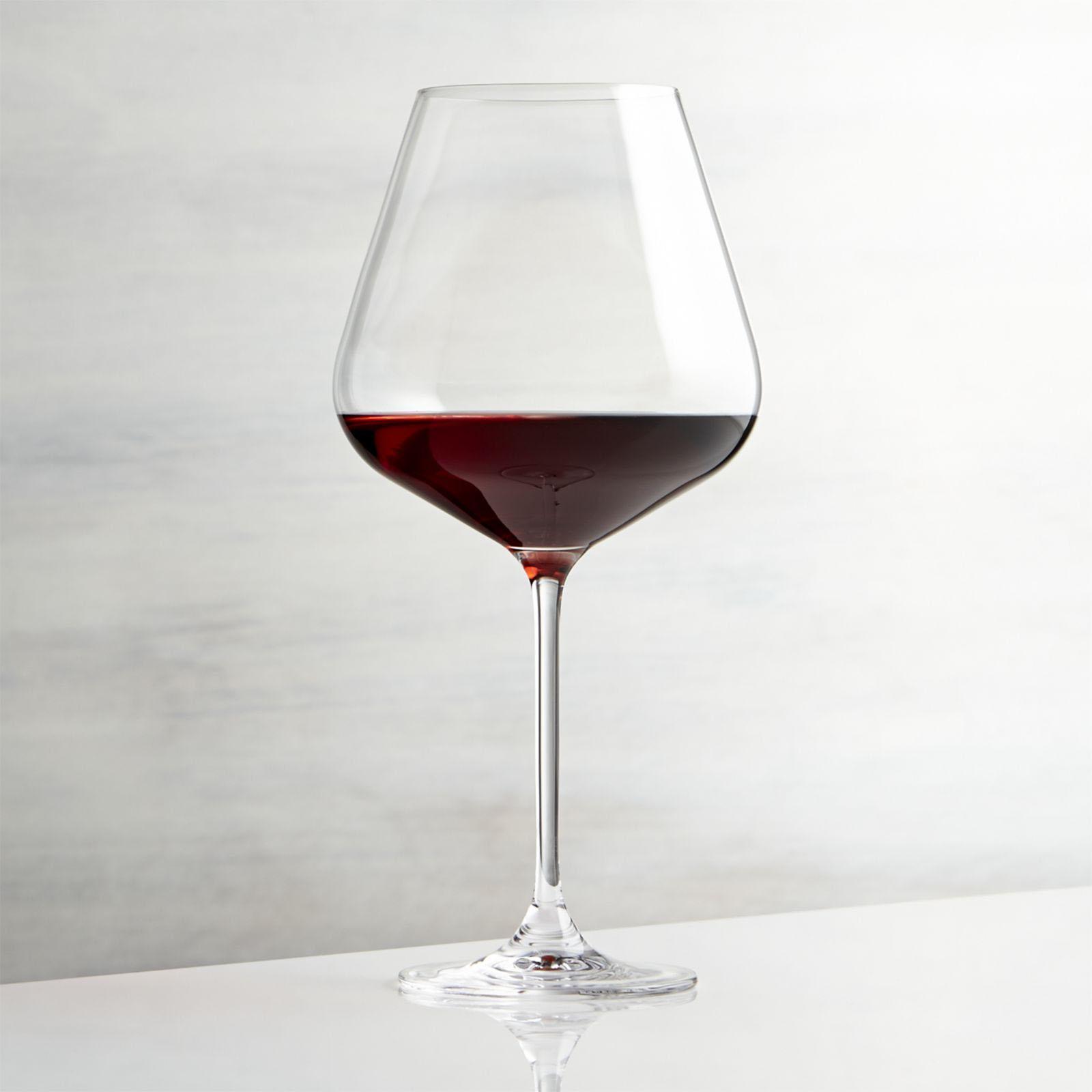





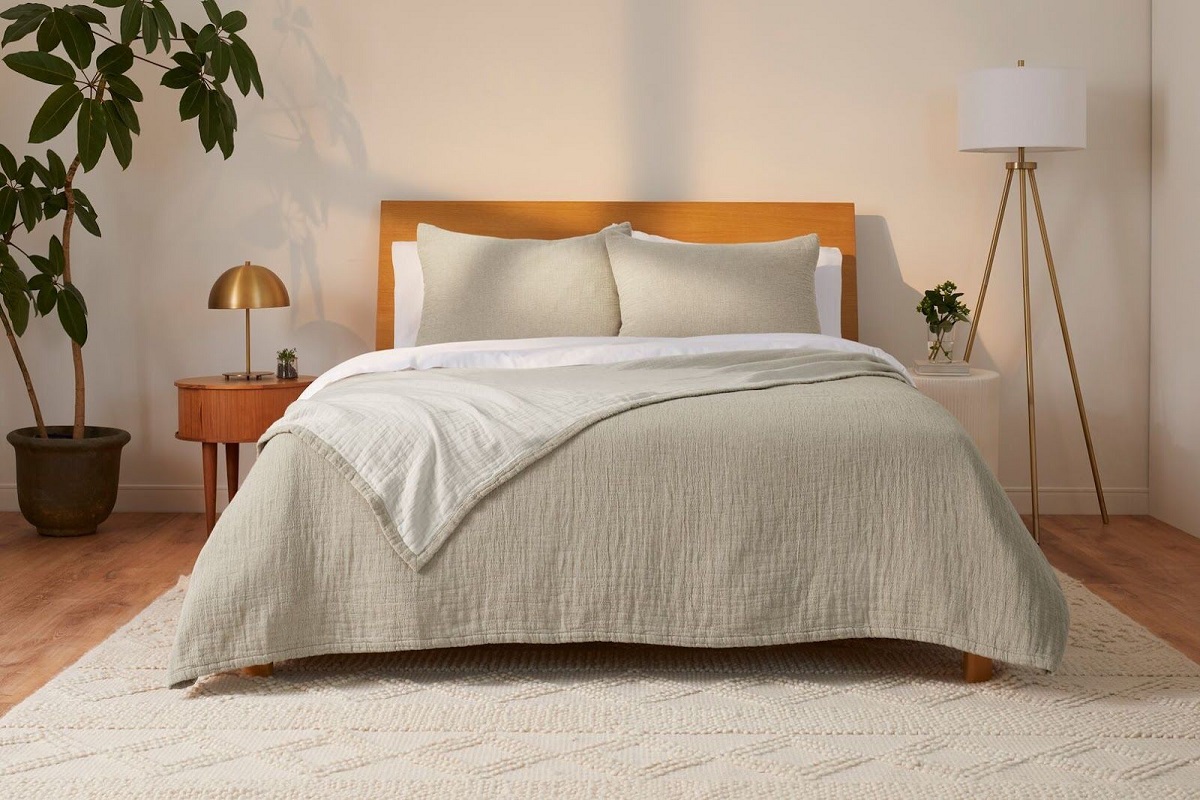
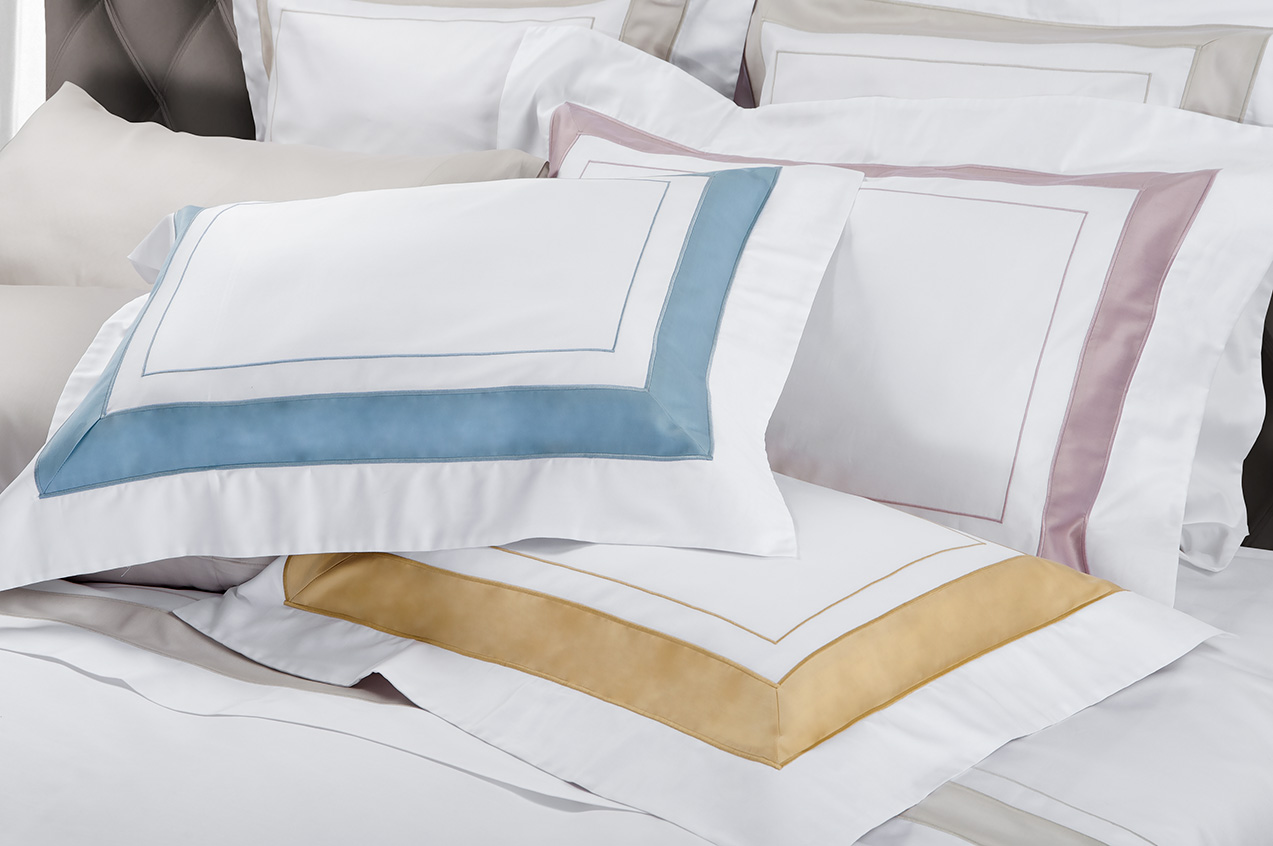
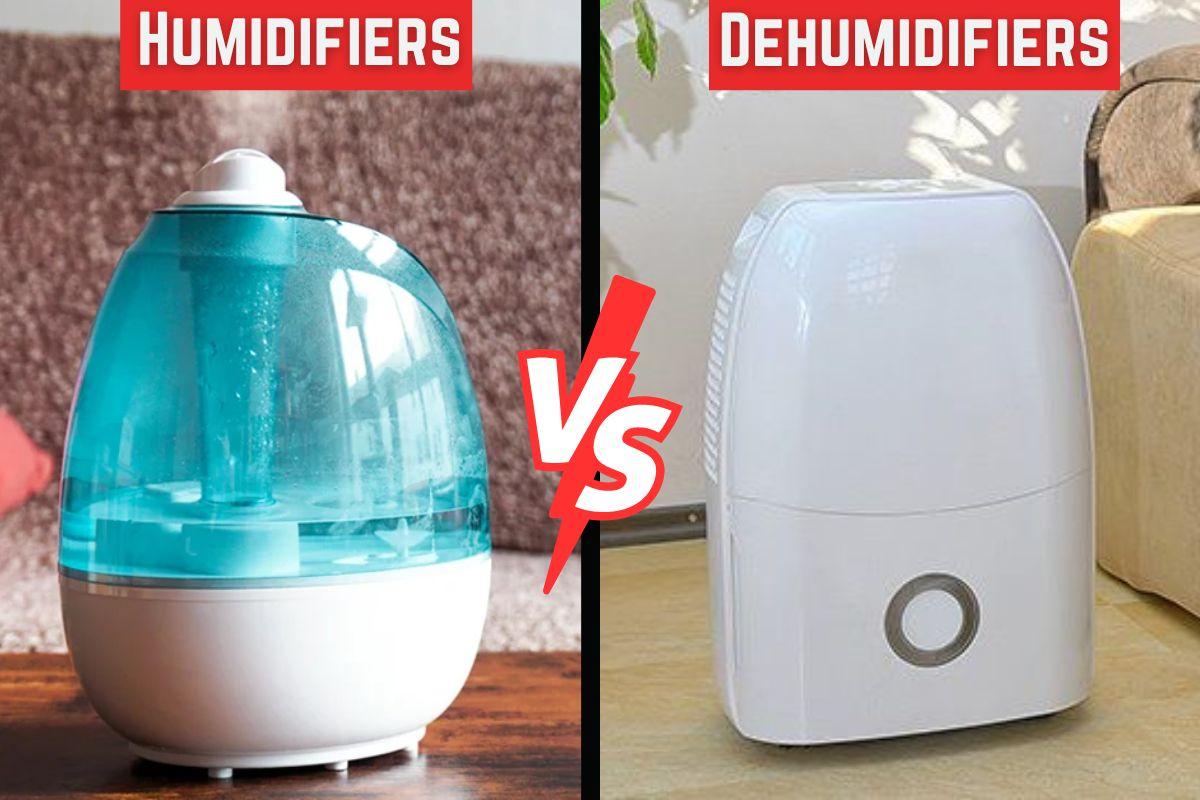
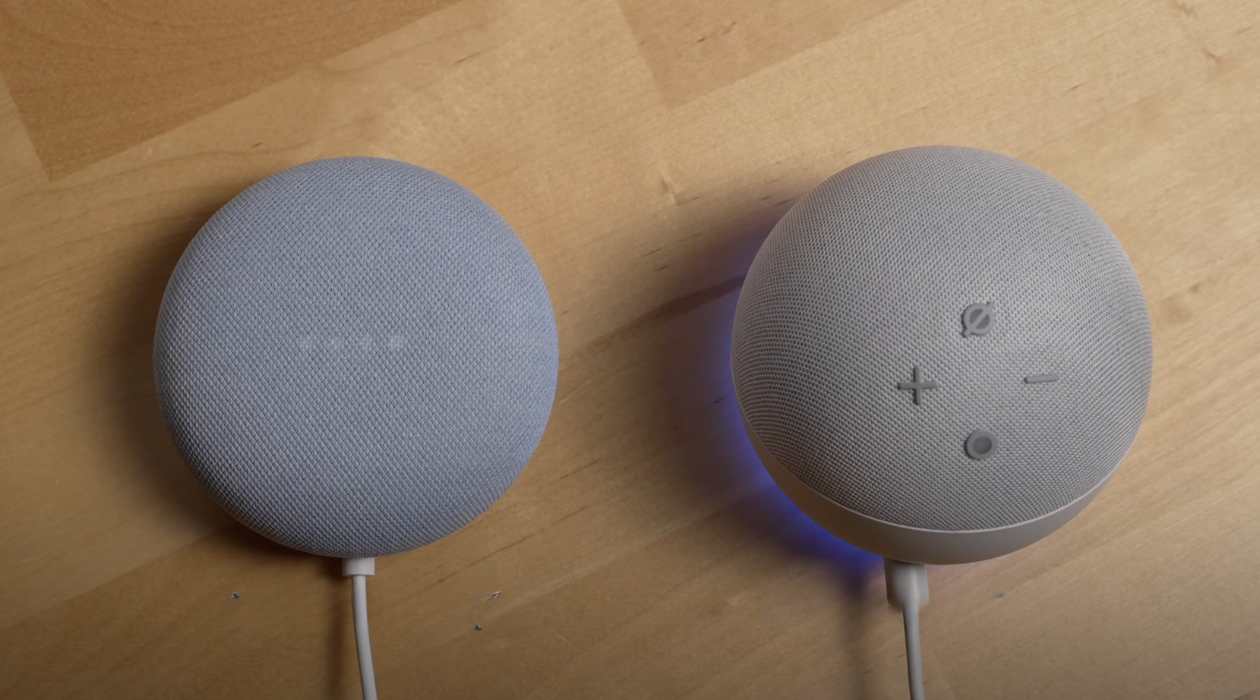




0 thoughts on “What’s The Difference Between White And Red Wine Glasses?”